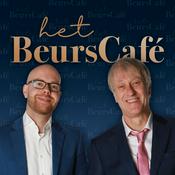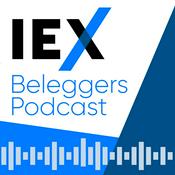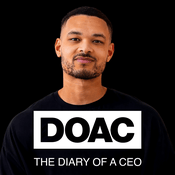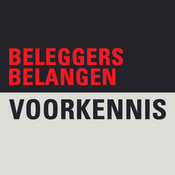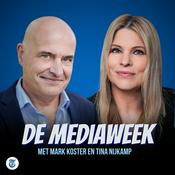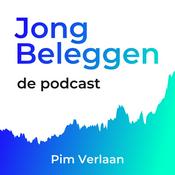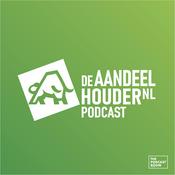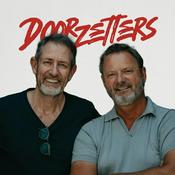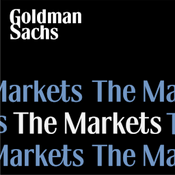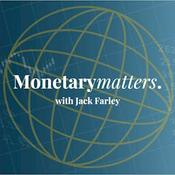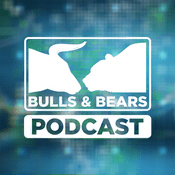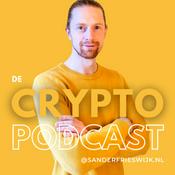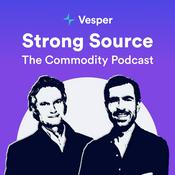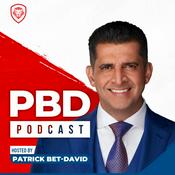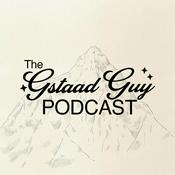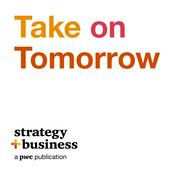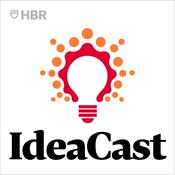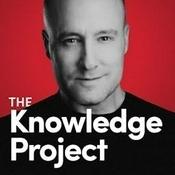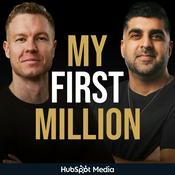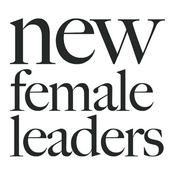Beschikbare afleveringen
5 van 13
- NetSuite Podcast at SuiteWorld 2025: How Customers Can Maximize the Suite to Drive SuccessIn this episode of the NetSuite Podcast at SuiteWorld 2025, we are joined by the NetSuite Customer Success team to discuss how they are helping businesses unlock the power of AI. The conversation marks an exciting milestone with the launch of NetSuite Customer Success AI Services! Nat Rosenthal, GVP of customer success at NetSuite, and Reg Singh, vice president of education services at NetSuite, share how customers can optimize their use of the suite with our education services including NetSuite Advanced Customer Support, Learning Cloud Support, and more.--------43:24
- NetSuite Podcast at SuiteWorld 2025: Product Leaders Unveil the Future of NetSuiteOn this episode of the NetSuite Podcast at SuiteWorld 2025, Craig Sullivan, GVP of product management at NetSuite, and Patrick Puck, GVP of AI strategy, engineering, and design at NetSuite, share how the next generation of NetSuite is here.--------27:32
- NetSuite Podcast: NetSuite Product Leaders Dive Into the Latest AI Innovations Across the SuiteBrian Chess, senior vice president of technology and AI at NetSuite, and Gary Wiessinger, senior vice president of application development at NetSuite, join the NetSuite Podcast at SuiteWorld 2025 to share the latest product updates coming to the suite, and how AI in NetSuite is designed to meet you where you work, helping your business improve efficiency, clarity, and growth. They'll dive into how NetSuite is a platform where AI automates workflows, accelerates close times, and delivers predictive insights across finance and operations. Plus, they share how these latest updates are changing the way customers interact with NetSuite, and where the future of NetSuite is headed.--------42:25
- NetSuite Podcast at SuiteWorld 2025: Preview of NetSuite's Latest InnovationsGet a sneak peak into the SuiteWorld 2025 product keynote! In this exclusive pre-keynote NetSuite Podcast, we'll preview what you can expect from the SuiteWorld 2025 product keynote. Hear what's ahead as Brian Chess, senior vice president of technology and AI at NetSuite, and product leaders gear up to reveal groundbreaking AI features and enhancements. Plus, learn about real-world success stories from EALgreen and Continental Battery Systems, who are using AI to break through business barriers. Tune in to discover how NetSuite is redefining what's possible for organizations everywhere!--------14:59
- NetSuite Podcast at SuiteWorld: Playbook for CFO Success with The Savannah Bananas and CFO AllianceAt SuiteWorld 2025, the NetSuite Podcast welcomed Tim Naddy, vice president of finance at the Savannah Bananas, and Nick Araco, founder of CFO Alliance, for a dynamic conversation on finance leadership, innovation, and growth. Together, they shared how bold financial strategies can fuel creativity while keeping the business sustainable. Tim discusses what makes the Savannah Bananas more than a baseball team—how they scaled from selling just a few tickets to selling out major league stadiums nationwide, while also running merchandise, media, and live entertainment operations. He explains how NetSuite provides the foundation to manage multiple revenue streams and operational complexity while maintaining focus on fans and growth. Nick reflects on building CFO Alliance into a trusted network for finance leaders and shares how CFOs are navigating today's toughest challenges—from scaling globally to embracing AI. Both guests emphasize the importance of CFOs as storytellers who must balance data-driven insights with clear communication to drive organizational impact.--------32:59
Meer Zaken en persoonlijke financiën podcasts
Trending Zaken en persoonlijke financiën -podcasts
Over The NetSuite Podcast
Founded in 1998, NetSuite is the world's first cloud company. Our suite of business software is used globally by more than 42,000 customers. This podcast features interviews with the people behind the technology and stories from businesses using it every day.
Podcast websiteLuister naar The NetSuite Podcast, Het Beurscafé en vele andere podcasts van over de hele wereld met de radio.net-app
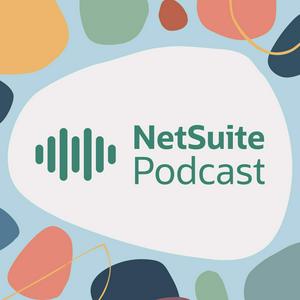
Ontvang de gratis radio.net app
- Zenders en podcasts om te bookmarken
- Streamen via Wi-Fi of Bluetooth
- Ondersteunt Carplay & Android Auto
- Veel andere app-functies
Ontvang de gratis radio.net app
- Zenders en podcasts om te bookmarken
- Streamen via Wi-Fi of Bluetooth
- Ondersteunt Carplay & Android Auto
- Veel andere app-functies


The NetSuite Podcast
Scan de code,
download de app,
luisteren.
download de app,
luisteren.
